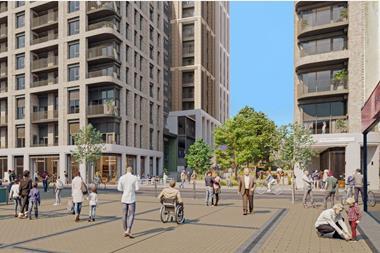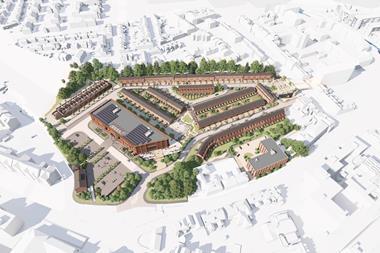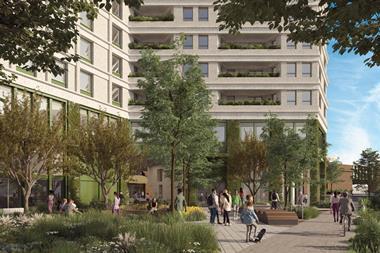The government turmoil around housing is perhaps epitomised by September’s defeat in the House of Lords of measures to abolish river pollution nutrient neutrality rules, which had the potential to alleviate some of the burdens on housebuilders.

This kind of political unrest is only adding to planning delays, which are impacting the timely development of affordable housing across the country.
Figures from earlier this year found the number of new homes granted planning permission in England was at its lowest level since the 2008 financial crisis, with approvals in the year to March falling 10% to 269,000. The time taken to reach decisions on major infrastructure projects has also increased by 65% since 2012, to four years.
At the same time, homelessness charity Crisis has found that over three-quarters of English councils are facing an increase in homelessness and the number of households living in unsuitable temporary accommodation has tripled over the past 10 years. These numbers are only set to increase, unless more affordable homes can be built.
In the midst of these challenges, for-profit housing providers have a bigger role to play in the affordable housing landscape. Having experienced exponential growth over the past decade, and with some projections indicating they will own 113,000 homes within the next five years, their presence will become increasingly crucial for the future of affordable housing in the UK.
The early days of for-profit providers were marked by scepticism and some hostility in the housing sector. When they entered the market around 15 years ago, they often faced criticism for outbidding competitors on projects they might have secured anyway. However, it is essential to place their actions in this sector within the broader context of changing regulation.
Comparatively, they have only recently received the green light to operate and their initial approach, though perceived by some as overly aggressive, was driven by the intent to establish a foothold in the market and stimulate growth. More than a decade on, they have adapted their approaches to establish a more level playing field.
One of the biggest shifts in the approach of for-profit providers is their pursuit of joint ventures with traditional, not-for-profit housing associations. It’s important to note the reasons behind these new partnerships are not solely profit-driven.
In one scheme, the for-profit provider could have purchased the site and sold the affordable housing to a housing association once planning permission was granted. However, the for-profit provider was keen to ensure that everyone involved would share the benefits. This coming together of for-profit and traditional affordable housing providers could be one viable solution to effectively navigate the challenges the market faces.
For example, in the wake of the Help to Buy scheme being withdrawn and with high-interest rates, the market demand for shared ownership remains more robust, with more people turning to this scheme as a viable pathway to home ownership.
Yet in some cases, many traditional, not-for-profit registered providers are not acquiring more shared ownership properties if they’ve already hit their development programme tenure. Sales and marketing teams are also cautious about taking on certain types of shared ownership units, such as flats, due to fears about fluctuations in their values. While each housing association can afford to be selective in this way, this strategy isn’t necessarily meeting the growing demand.
However, through collaboration, for-proift providers can take on shared ownership homes, while the traditional providers focus on affordable housing. Joining forces like this could be an important a way to get more affordable housing into the system.
Private housing developers have a crucial role to play as well. If they are prepared to engage with affordable housing providers much earlier in the planning process, housing associations can adequately prepare and develop better homes for a wider range of people, which are likely to achieve planning much faster and easier. This will also make them stronger partners for developers, which can then use the funding and finance they often have access to.
Partnerships can help social housing providers develop more homes, and faster, so affordable housing remains firmly rooted in the future of the UK’s housing landscape.
Jonathan Pearson is a director at Residentially





























No comments yet